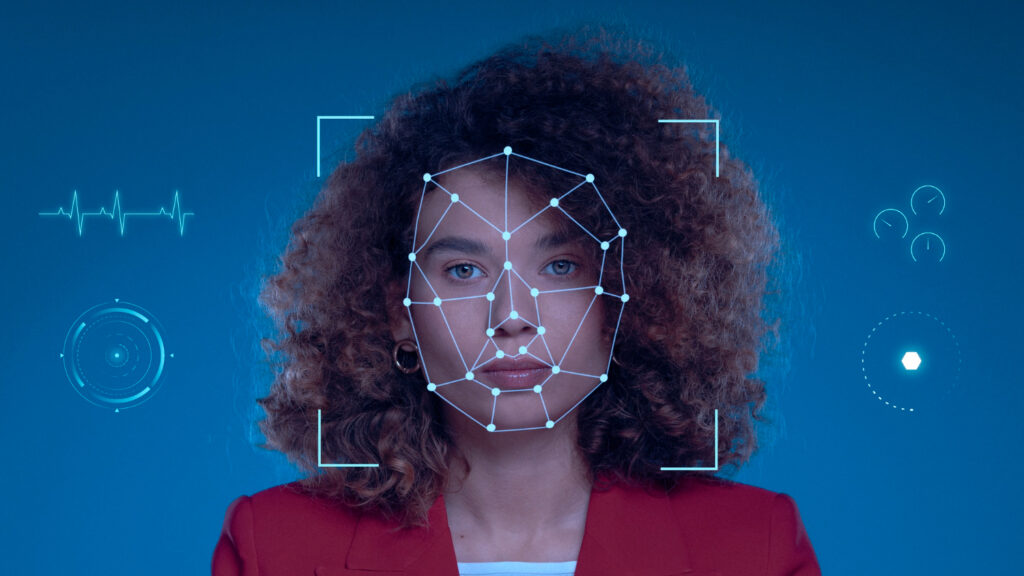In recent years, the development of artificial intelligence (AI) has revolutionized many industries, and marketing is no exception. One of the most disruptive technologies to emerge is deepfakes. Originally linked to controversies surrounding misinformation, this technology is now being explored by brands looking for innovative ways to capture their audience’s attention. But how are deepfakes being used in the marketing world, and what implications does this technology have for brands?
At ENEB, we want you to know that a deepfake is a technique that uses AI to create fake images, videos, or audio, simulating a person’s appearance, voice, or actions. By leveraging advanced neural network algorithms, it’s possible to create incredibly realistic content, where you can alter a person’s face in a video or make a celebrity say something they never said.
Applications of Deepfakes in marketing
Despite the controversy, deepfakes have found a place in modern marketing. Some of the most creative applications include:
1.Personalized advertising
Imagine seeing an ad where a famous character or influencer speaks directly to you, mentioning your name or tailoring the message specifically for you. Deepfakes allow the creation of highly personalized ads without the need to record multiple versions. This capability opens the door to advertising that feels uniquely targeted to each individual, potentially increasing emotional connection with the brand.
2.Viral campaigns
Deepfakes have the power to surprise and grab the public’s attention, making them ideal for viral campaigns. By creating content that breaks the norm and sparks conversation, brands can reap significant benefits in terms of visibility and awareness. A great example was a campaign from a well-known beverage brand that used deepfakes to “bring back to life” historical figures and have them “promote” their products.
3.Customer service Improvements
Some companies have begun experimenting with deepfakes to improve the customer experience. For instance, by using deepfakes to generate more realistic customer service avatars, a much closer and more personalized service can be offered. These avatars can simulate real-time interactions with customers, enhancing the digital experience without the need for a human agent.
4. Social Media Marketing
On social media, user attention is fleeting. Deepfakes offer brands the opportunity to create striking and novel content that grabs users’ attention as they scroll. Fashion, tech, and entertainment companies are already experimenting with this format to maximize interaction with their audiences.
The risks of deepfakes in marketing

However, not everything is positive. The use of deepfakes in marketing also carries certain risks and challenges:
1. Consumer Distrust
While deepfakes offer exciting possibilities, they also generate distrust. Consumers might feel deceived or manipulated when they discover that the content they’re seeing isn’t real. This could erode trust in the brand and spark controversy.
2. Ethical Issues
The use of deepfakes raises serious ethical concerns. Creating fake content using a person’s image or voice without their consent is a legitimate concern. Even in a controlled context like marketing, brands must be transparent about using this technology to avoid damaging their reputation.
3.Potential for bad publicity
If a deepfake campaign is not executed properly or is perceived as insensitive, it could backfire on the brand. Consumers are increasingly critical, and marketing actions that play with the truth of the content could provoke a negative reaction, especially if public figures or misleading messages are used.
The future of deepfakes in marketing
As deepfake technology becomes more accessible, we’re likely to see an increase in its use within digital marketing. However, the challenge for brands will be finding the balance between creativity and ethics. It’s crucial for companies to be transparent about when and how they’re using deepfakes, as poor implementation could harm their image.
Additionally, it is expected that regulations surrounding the use of deepfakes will become stricter in the near future, forcing brands to be more cautious. As a result, transparency and consent will become key elements in the planning of deepfake-based campaigns.
In summary, deepfakes offer great potential for marketing, from massive personalization to creating viral content that captures public attention. However, they also come with risks that brands must carefully manage. Companies that successfully navigate this delicate balance will be able to leverage this technology effectively, while those that fail may face trust and reputation challenges.

